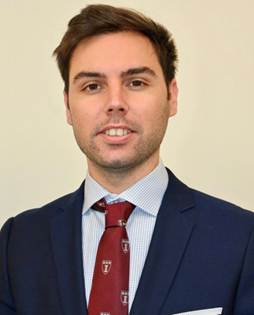Every year in June, the ITI opens its Scholarship application portal. We took this opportunity to ask one of our former Scholars, Juan Francisco Peña Cardelles from Spain, about his experience, his work and what he liked most about it. He started his Scholarship year in 2021 at the ITI Scholarship Center in Connecticut, USA.
Two years ago, I embarked on the adventure of going abroad with an ITI Scholarship. I did not know at the time, but this experience would profoundly change my life.
Having the opportunity to go abroad while young enables you to fully appreciate this esteemed and prestigious scholarship. It gave me the chance to explore a new language, and culture, meet new people, forge new friendships, and gain a deeper understanding of the dental implant field. Undoubtedly, it has been the most exhilarating and enriching experience of my life. Everyone should have this opportunity because it changes lives.
I traveled to the United States, a giant country characterized by people from everywhere and its reputation as the best country in the health science field. These factors made me choose the University of Connecticut as my center to spend one year living in Connecticut, a very cold northeastern state in the US. This state, situated between Massachusetts and New York City, is one of the seven states that belongs to New England, one of the oldest states in this country, with a lot of history.
Connecticut is a magical place because its winters are the whitest I have ever seen (it snows almost every single day), its springs are lushly green, and fall boasts stunning hues of red, orange, and yellow, making it a beautiful sight to see.
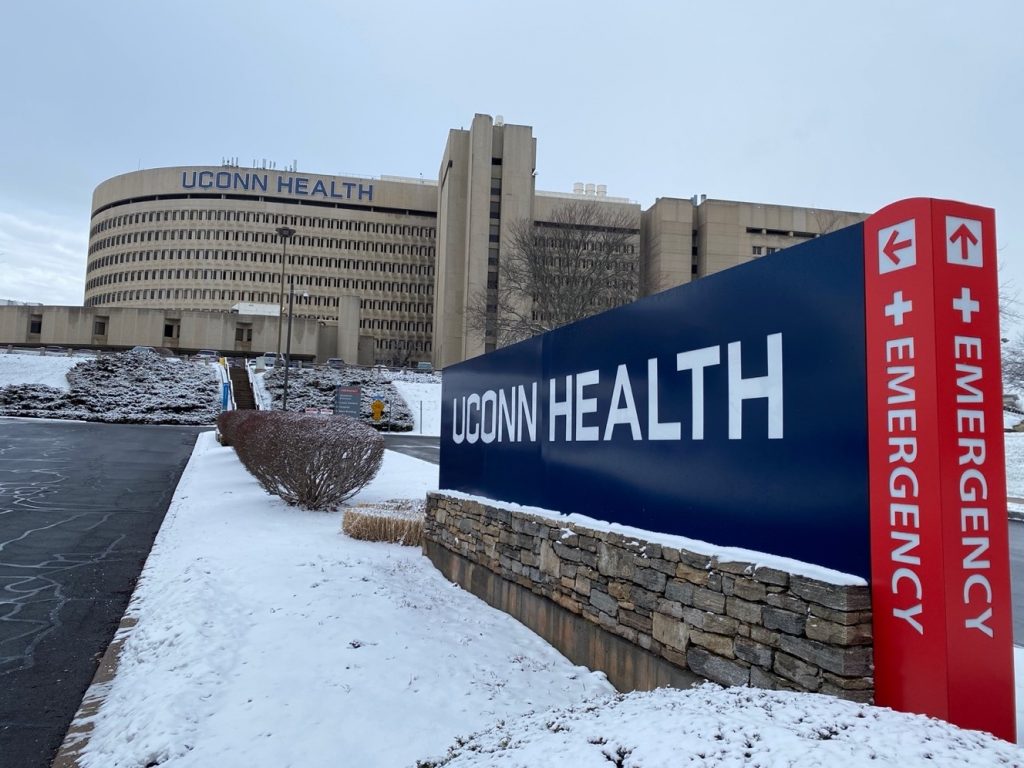
The University of Connecticut (UCONN) stands as the most prominent public university in the state. For an entire year, the School of Dental Medicine at UCONN has served as my academic home. Thanks to my Scholarship, I had the privilege of being a fellow for a year in the Oral and Maxillofacial Surgery Division under the guidance of Dr. David Shafer. I was also part of the Prosthodontics Department, under the mentorship of Professor Thomas D. Taylor.
My days were incredibly intense, beginning early in the morning in the Prosthodontics clinic or the Oral and Maxillofacial Surgery (OMFS) clinic. Twice a week, I found myself in the operating room of OMFS, where surgical procedures primarily revolve around facial trauma, and complex wisdom teeth extractions, tumor and cyst removal, defect reconstructions, and orthognathic surgery were carried out.

My days became increasingly intense as I attempted to be in multiple places at once. Sometimes in the mornings, I attended prosthodontics seminars, spending the entire morning immersed in the theory and practice of prosthodontics, then in the afternoons, I rushed to surgery seminars and the oral surgery clinic. Other times, I found myself in the OMFS operating room, only to hurry off afterward to join the Prosthodontics clinic.
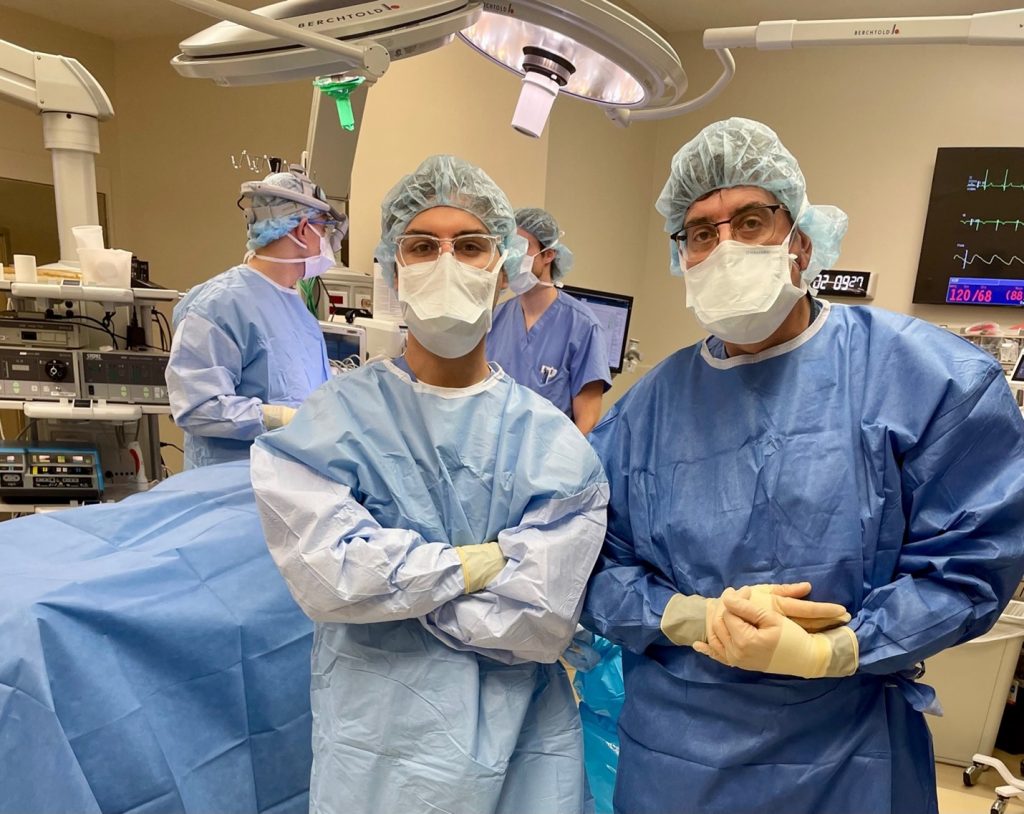
If I were to point to techniques that were particularly interesting in my training, I would mention the use of pterygoid implants and the all-on-four technique. I had the opportunity to spend the entire year alongside the director of the Prosthodontics Postgraduate Program, Dr. Avinash Bidra, who is considered an authority on these two techniques in the United States, was exceedingly generous with his knowledge throughout the year. Additionally, I would also emphasize the use of grafts for the protection/reconstruction of the inferior alveolar nerve in cases of complex impacted wisdom teeth in the OMFS Operating room, something I had not encountered before in Spain, which I found particularly interesting.
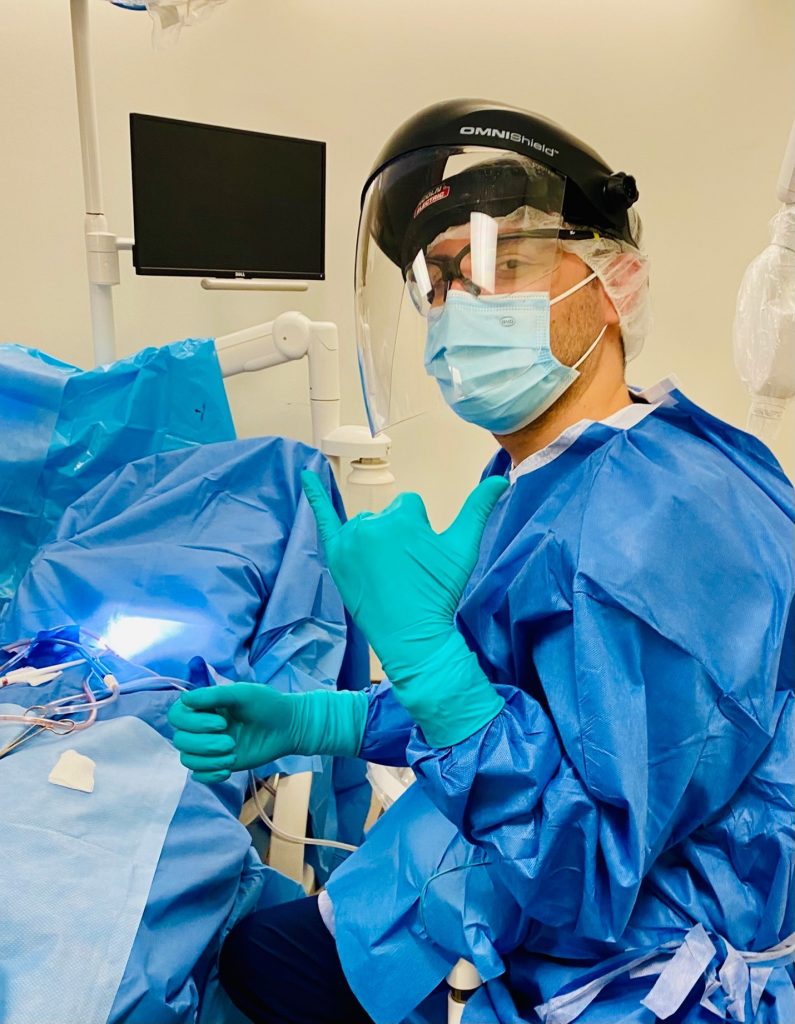
Without the shadow of a doubt, I also had great experience doing some experimental research. The biologists at the Center for Regenerative Medicine graciously opened their laboratory to me, allowing me to delve deeper into basic science by performing surgeries on mice and subsequently studying mesenchymal cells.
However, in the middle of this intensity, I always found time for fun. I witnessed the UCONN NCAA women’s basketball champions, caught a thrilling soccer match featuring the UCONN team, and even became a baseball enthusiast, attending matchups like the Red Sox versus Yankees. Beyond the courts and fields, I embraced the waves, surfing in the neighboring state, Rhode Island, and across the country at Venice Beach, California. I seized opportunities to learn new skills, including snowboarding, which I eagerly practiced alongside friends on the snowy slopes of Vermont. I visited more than 20 different states when I went to different conferences and did rotations in other centers such as Harvard University, Tufts University, Florida University and Jackson Memorial Hospital.
I had the pleasure of meeting all the ITI Scholars who were in the United States during my year at various universities, and I can proudly say that we remain friends. Thus, I confidently assert that the ITI Scholarship is not merely a professional grant; it’s a global opportunity that allows you to explore a new world and forge lasting friendships.
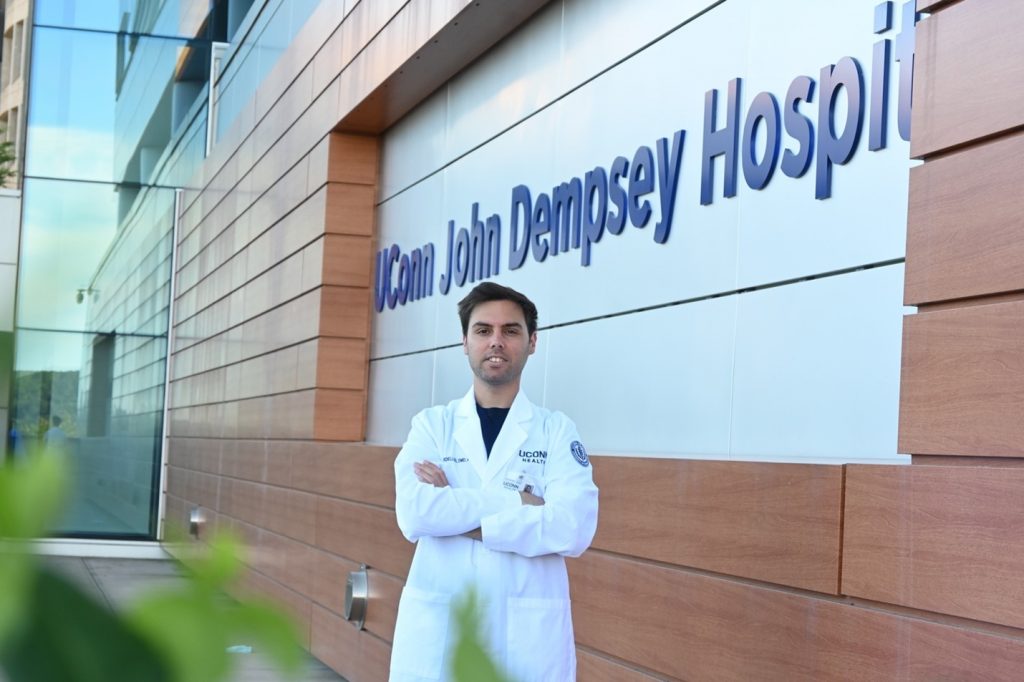
Toward the end of my scholarship, the Department of Oral and Maxillofacial Surgery bestowed the position of Assistant Adjunct Professor in Oral and Maxillofacial Surgery on me. This served as the perfect culmination to a truly remarkable year, and it signified, once again, recognition for the efforts I had poured into my work throughout the year.
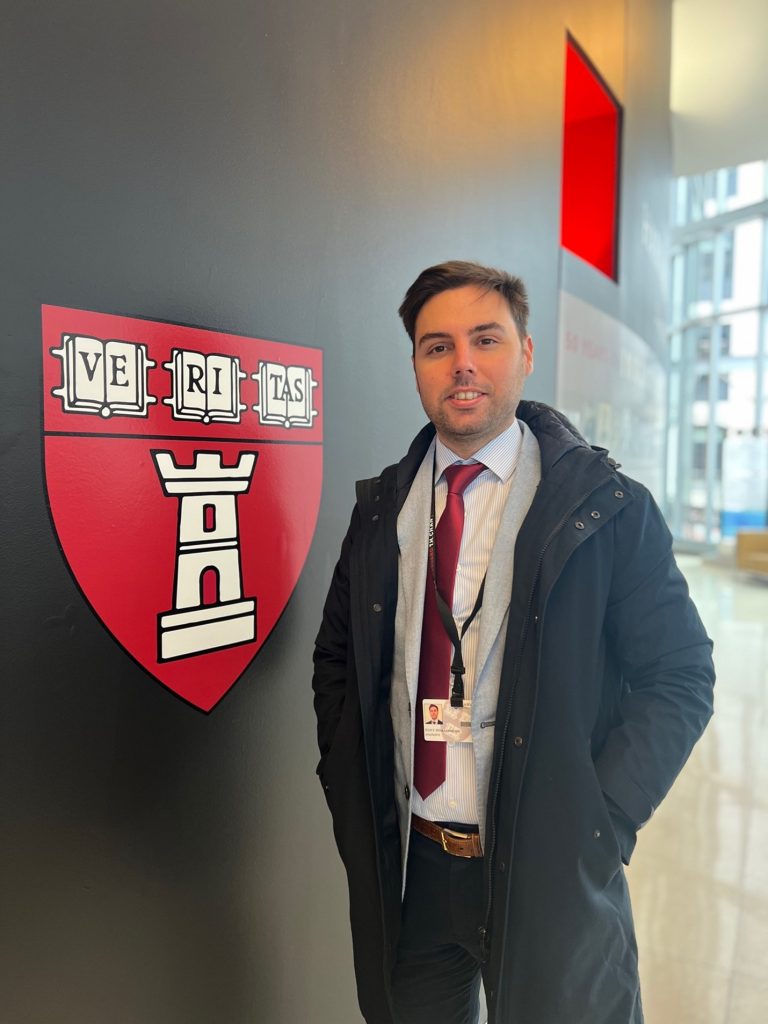
The ITI Scholarship was a door that opened and never closed; instead, it paved new paths. After completing my year in the United States and before returning to Spain, I became a lecturer and part-time faculty member at the Harvard School of Dental Medicine, within the Dental Implantology postgraduate program in the Restorative Dentistry and Biomaterials Sciences Department of this prestigious institution, under the guidance of Dr. German O. Gallucci. This position, which I have held for almost two years now, symbolizes the end of one chapter, the Scholarship, and the beginning of another equally thrilling one.
Each year we enable young implant dentistry talent to spend a year abroad at a highly regarded university being mentored by an ITI Fellow at one of our 34 ITI Scholarship Centers around the globe. Are you keen on getting insight into every aspect of implant treatment? Would you like to dive into the complex world of case planning, implant surgery and prosthetic restorations in an international context? Our application portal is open from June 1 to June 30 every year. Don’t hesitate any longer and apply now!
More information available on our website.


